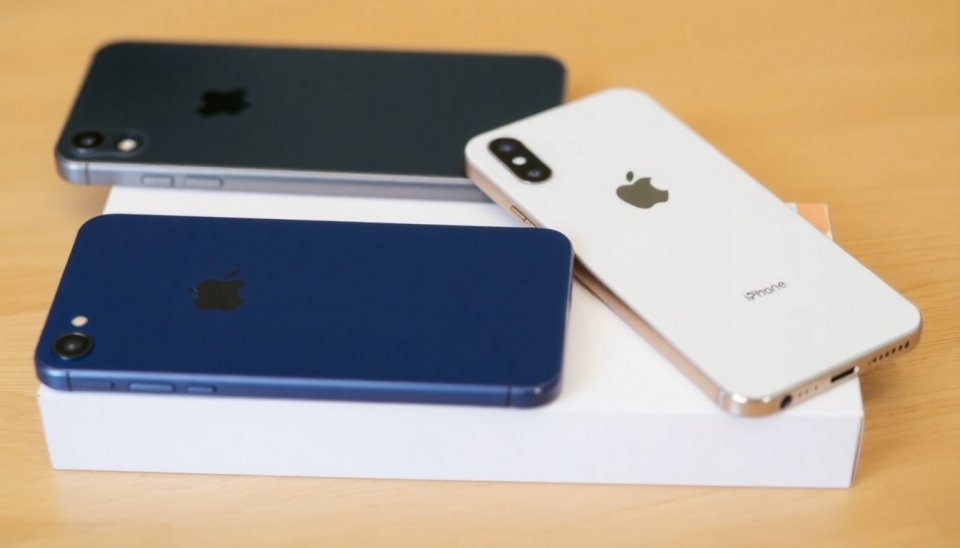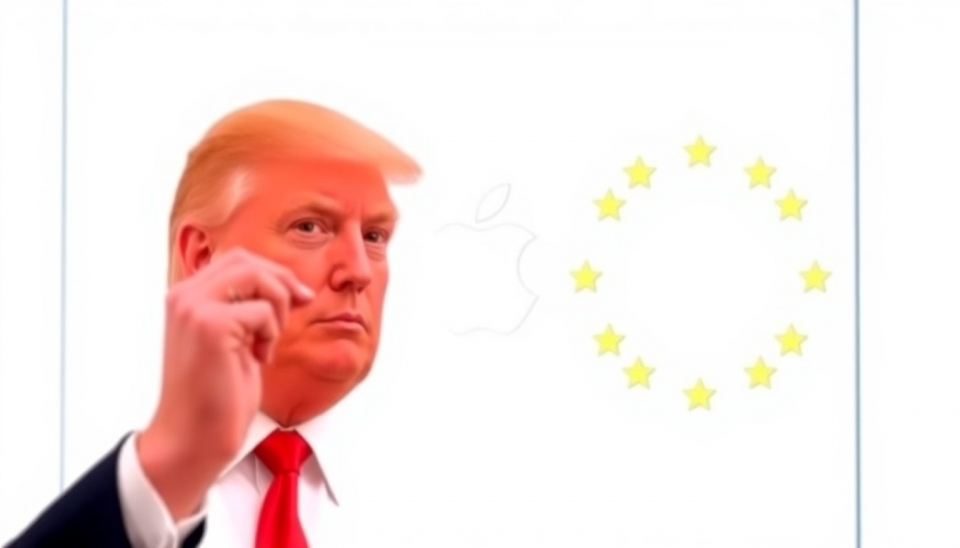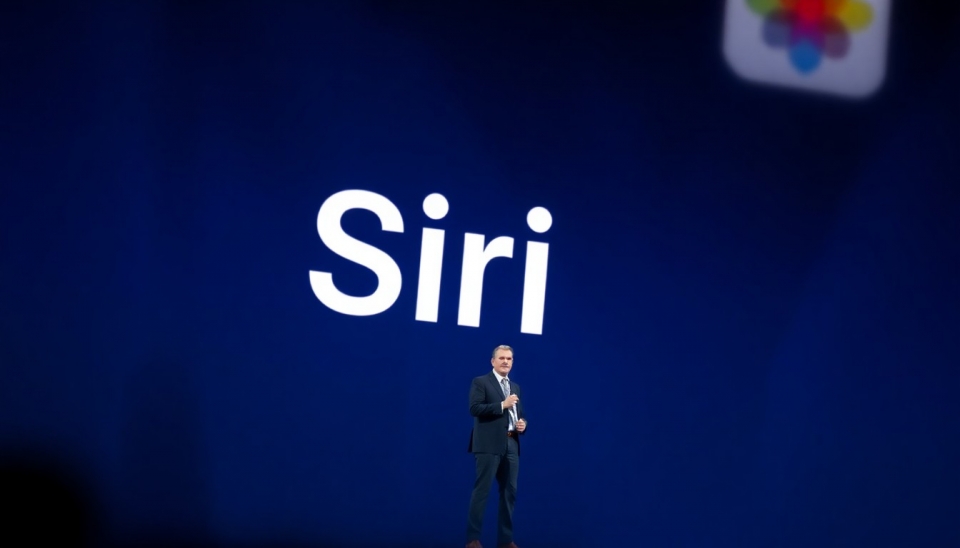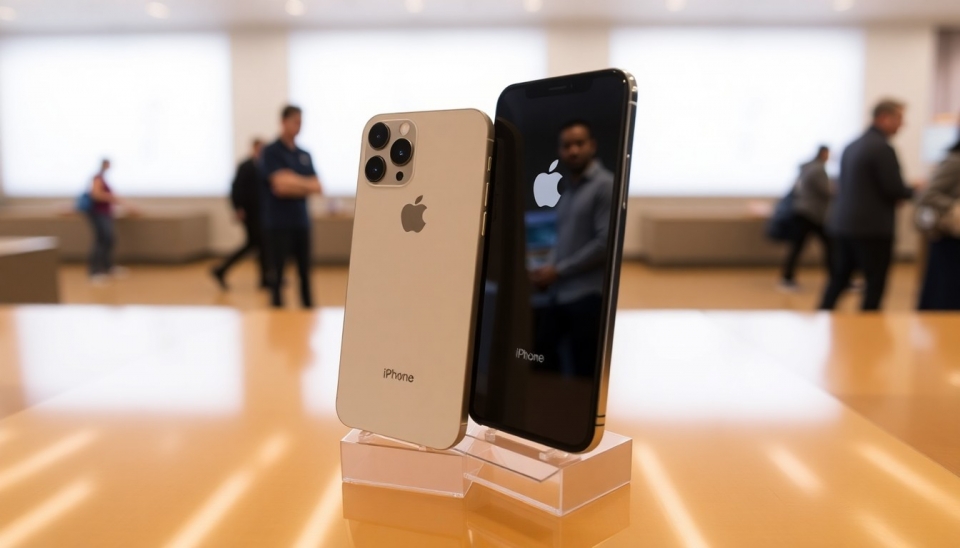
In an unprecedented wave of consumer activity, Apple customers thronged to retail stores this past weekend to purchase the latest iPhone models ahead of anticipated tariff changes that could significantly increase prices. This sudden stampede reflects growing concerns over impending tariffs that might make the beloved devices even more expensive for American consumers.
The rush was particularly noticeable in major cities where long lines formed outside Apple stores as eager buyers sought to secure their devices before new trade policies take effect. The looming tariffs, which are set to affect a variety of electronics imported from overseas, spurred many individuals to act swiftly, fearing that waiting could mean paying hundreds of dollars more for their desired gadgets.
Reports from numerous retail locations indicate that Apple's newest iPhone models, touted for their cutting-edge technology and sleek designs, were flying off the shelves. Store managers noted an increase in foot traffic that they hadn't seen since previous iPhone launches. Customers shared stories of feeling pressured to buy—the specter of higher prices due to tariffs looming large in their minds.
Market analysts have been closely monitoring this phenomenon, noting that such consumer behavior is often seen in anticipation of significant supply chain disruptions or price increases. The frenzy highlights the delicate balance between consumer demand and government policy, particularly in an economic climate that is still recovering from previous trade tensions and supply chain issues exacerbated by the pandemic.
Apple, known for its strong brand loyalty, has faced challenges in recent years related to manufacturing costs, and the potential for additional tariffs could further complicate its pricing strategy. The company's dependence on overseas manufacturing means that any additional costs imposed by tariffs are likely to be transferred to consumers. As such, many users felt a sense of urgency knowing that now might be their only chance to purchase the latest iPhone models at current prices without the burden of increased tariffs.
In response to the influx of customers, Apple took measures to manage the flow of buyers, with store staff being deployed to facilitate the purchasing process efficiently. Additionally, online sales surged, as many consumers sought to complete their transactions quickly from home, avoiding crowded stores. This behavior highlights a shift in shopping patterns that has been entrenched since the pandemic, where e-commerce remains a viable alternative even during in-person buying sprees.
The situation raises questions about the longer-term impact of tariffs on consumer behavior and technology sales in the U.S. market. Analysts predict that brands facing tariff-related price increases may need to rethink their pricing strategies or find ways to absorb costs to maintain customer loyalty. As more consumers become aware of the economic implications of tariffs, it will be crucial for companies to navigate these changing circumstances adeptly.
As this wave of purchases continues to highlight the intricate relationship between trade policies and consumer decisions, further developments will be closely watched. The economic landscape is ever-changing, and how companies like Apple respond to these challenges could set important precedents for the tech industry moving forward.
With the stage set for a potentially volatile marketplace, consumers and businesses alike will have their eyes peeled for updates on tariff measures and their subsequent effects on pricing and availability of popular products.
#Apple #iPhone #Tariffs #ConsumerTrends #RetailRush #Technology #Economy #TradePolicy
Author: Emily Collins




